Everybody who was anybody in Italy in the Middle Ages seems to have been in Florence at the beginning of the Renaissance. Every time you turn a corner you can sense two thousand years of footsteps and imagine what it might have been like to live here as history unfolded around you.
I loved the walking tour that Christine, our Airbnb host and tour guide, gave on Sunday morning. For two hours she walked us through the streets of Florence, doling out tidbits of history and making me want to learn more — starting with the Medici. No tour of Florence can happen without learning about this family who ruled Florence for 300 years and whose wealth basically financed the Italian Renaissance.
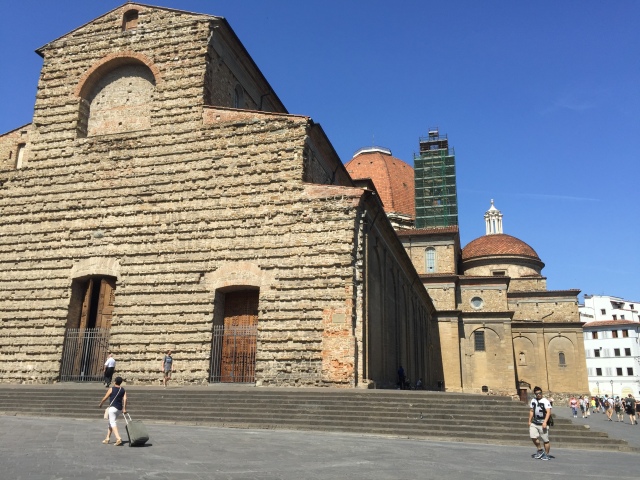
The Basilica di San Lorenzo in the heart of Florence’s market district
We started the tour at the Basilica di San Lorenzo. It claims to be the oldest church in Florence, consecrated in 393. This very ancient church was in bad condition at the time of Medici patriarch Giovanni Bicci de’ Medici (1360-1429), a self-made wealthy Florentine banker. But this was his parish church, so he used some of his fortune to hire famous architect Filippo Brunelleschi to design a replacement. He was also thinking about a beautiful burial place for members of his family, and in fact most of the Medici dynasty are buried here. It features a rough-hewn exterior which was supposed to be covered by a spectacular façade designed by Michelangelo, but due to lack of funds and other complications, the decorative covering was never added.
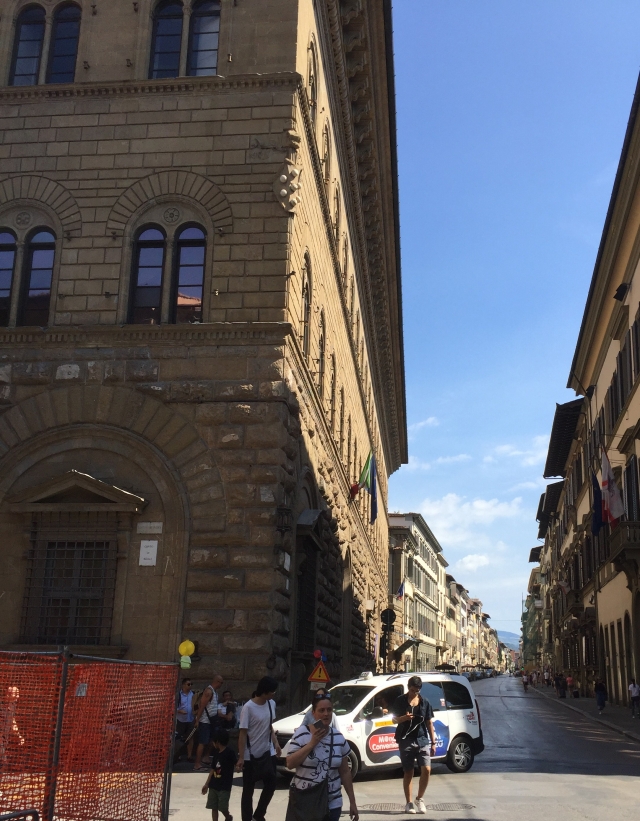
Medici Riccardi Palace
Just a block away from the Basilica di San Lorenzo stands the Medici Riccardi Palace, the home of Cosimo the Elder (1389-1464), son of Giovanni de’ Bicci. It is designed in what was a very modern style for the time, with the ground floor exterior made of rough stone, the second floor a little smoother, and the top floor made of smooth stone. Other Florentine nobility rushed to have their own homes built to imitate this style.
We walked from the Medici Riccardi Palace past the grand Cathedral of Florence, and Christine stopped us there to tell us some of the history of the cathedral and its dome. I’ll talk more about that in the next post, to keep this one from being too long…next stop, the Museum House of Dante.
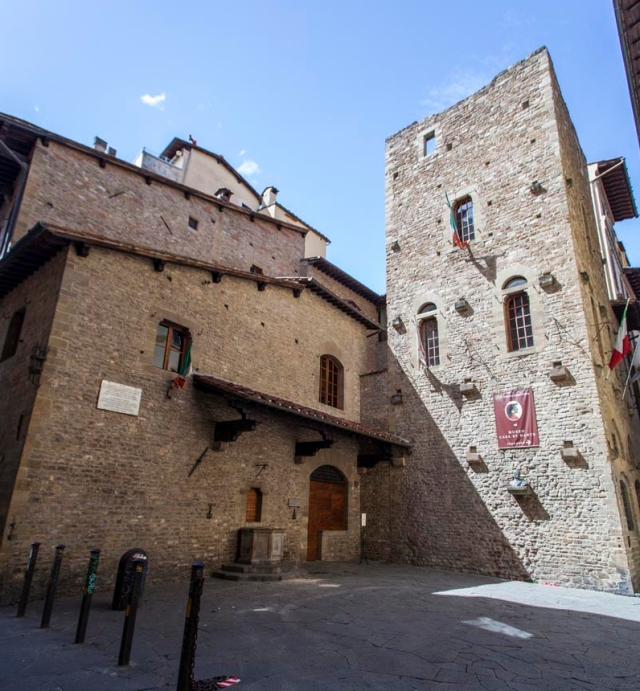
The Museum House of Dante, from http://www.museocasadidante.it.
Dante Aligheri’s actual house is no more, but in 1965 the city of Florence constructed this replica of a medieval house near to the actual place where they think Dante was born in 1265, and lived until his politics caused his exile in 1302. He wrote in Italian, instead of Latin, making his work accessible to people in their own language, and his work is said to be the bridge between the end of the Middle Ages and the beginning of the Renaissance.
One of the most interesting things to me about the Museum House of Dante is the tower that you can see on the right. It’s actually much shorter now than it would have been during Dante’s time. Christine explained that in this era, wealthy Florentine families (think Medici, as well) would attack and even kill each other, including members of their own families, to consolidate their power. They built at least one tower attached to their residences as an emergency shelter. There was no entrance on ground level and windows were tiny or non-existent. The family would enter the tower using a staircase on the first floor of their main residence. In the Middle Ages, there were nearly 150 tower houses in Florence, some almost 70 meters high. Today, most of them have been absorbed by other buildings.
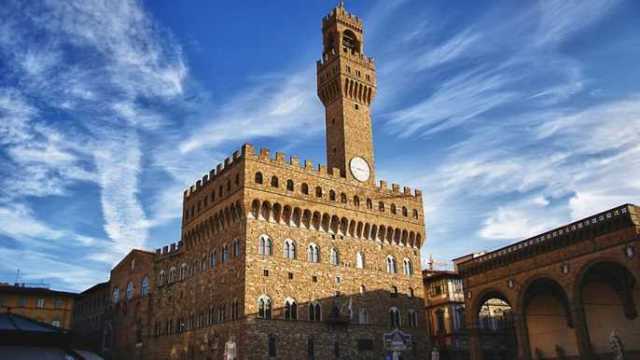
The Palazzo Vecchio, in the Piazza della Signoria
Not far from Dante’s museum is the Palazzo Vecchio, historically the seat of Florentine government and beginning in 1540, the residence of Cosimo I de’ Medici (1519 – 1574), a Cosimo from a different branch of the family who became Duke when his relative Alessandro de’ Medici was assasinated at the age of 26. The tower contains two small prison cells, at one time incarcerating Cosimo the Elder, and later in the 15th Century, Savanarola. Besides now being one of the most fascinating museums in Florence, it it still houses the mayor and council of the city. At the entrance is a copy of Michelangelo’s David, in case you don’t have a chance to see the original in the Accademia Gallery. On the right you can see the Loggia dei Lanzi, formerly a place to hold town meetings. When Cosimo I became the absolute ruler of Florence, according to Christine, he did away with town meetings and filled the loggia with famous sculptures.
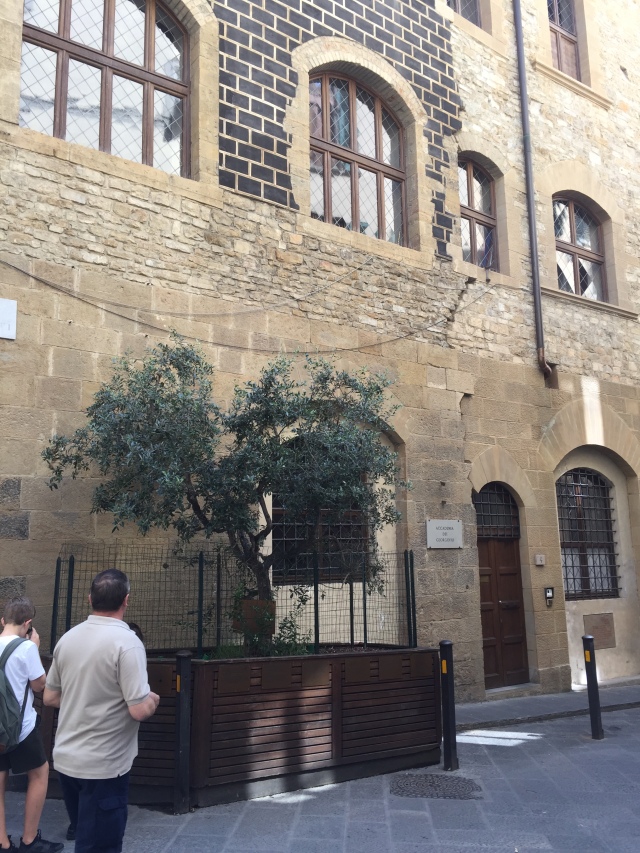
Site of a terrorist bombing, Florence, 1993, by the Sicilian Cosa Nostra Mafia
Violence in Florence wasn’t limited to the Middle Ages and the Renaissance. Christine told us the story of this home near the Uffizi Gallery, where a family was killed by a Mafia bomb in 1993. An olive tree, the symbol of peace, was planted on the site where the bomb was detonated. You can read more about it here.
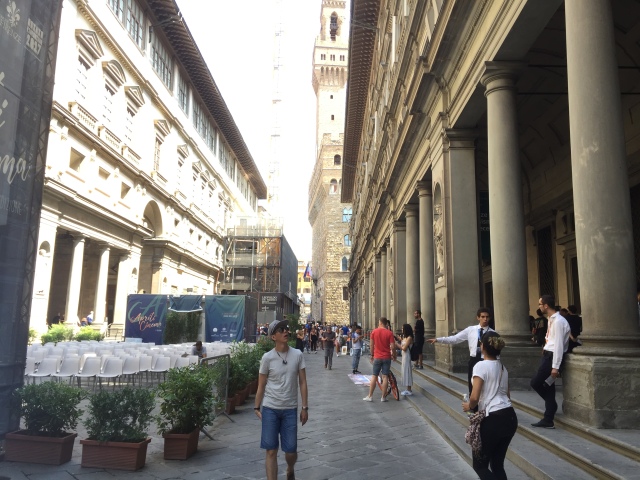
Uffizi Gallery courtyard, getting set up for the late evening movie
Speaking of the Uffizi Gallery, here we are in the courtyard, with the Gallery on each side. Building of the Uffizi was begun in 1560 by Cosimo I de’ Medici, to be used as offices (Italian “uffici”) for Florentine magistrates. The family had a gallery on the upper floor, which was gifted to the city of Florence by Anna Maria Luisa de’ Medici, the last Medici heiress. In 1765 it was officially opened to the public, formally becoming a museum in 1865. It houses treasures by Michelangelo, da Vinci, and other priceless works of the Italian Renaissance. If you want to go, be sure and buy tickets in advance before you leave home, as it is one of the most popular tourist destinations in Europe.
In the center of the photo, they are setting up an outdoor theater for that evening’s free showing of Alfred Hitchcock’s Rear Window. I thought it would be fun to go, kind of like the movie we saw with Monika in Varese the week before. It would have required a late night walk, though…about 45 minutes from our apartment to the Gallery courtyard. Christine reassured me that it would be safe. “I walk a lot in Florence at night,” she said. “It’s very safe.” In the end, the girls didn’t want to go, and I spent the evening planning another outing I hoped they would like.
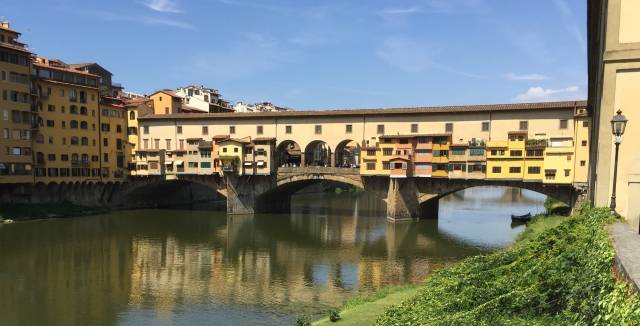
Ponte Vecchio over the Arno River
One of the most famous sites of Florence is the Ponte Vecchio, a bridge over the Arno River that dates back to Roman times and is lined with jewelry shops on each side. The current bridge was built during the Renaissance, after two previous bridges had been swept away during floods. The bridge suffered major flood damage again in 1966, when 101 people lost their lives and millions of dollars worth of rare books and art were destroyed.
Medici influence? In 1550, Cosimo I purchased the Pitti Palace, on the opposite side of the Arno River from his residence at Palazzo Vecchio. He built a corridor (part of the Vasari Corridor) above the shops so the family could walk safely between his two palaces. At the time, the shops on the bridge were owned by butchers, but Cosimo ordered the butchers to leave because he didn’t like the smell. Goldsmiths took their place and remain to this day. The entire Vasari Corridor connects the Pitti Palace to the Palazzo Vecchio, including part of the Uffizi Gallery, and contains over 1000 works of art. You can tour the Corridor, but you have to buy tickets in advance.
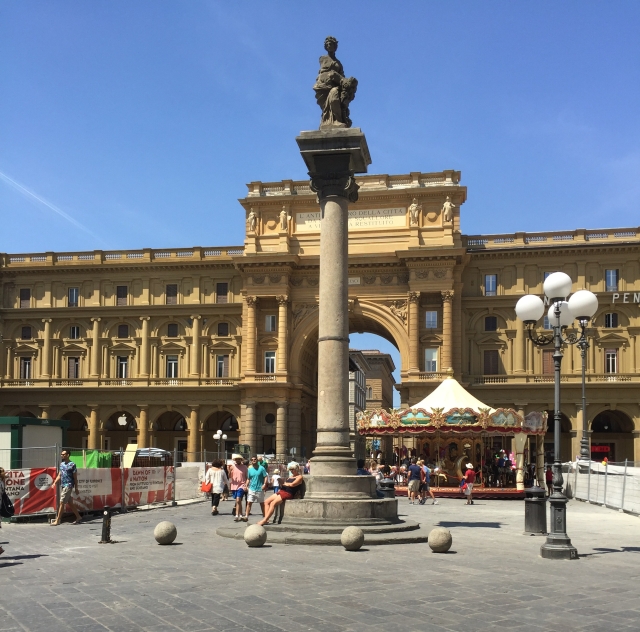
Piazza della Repubblica
Our tour ended at the Piazza della Repubblica, one of the main squares of Florence that has been the city center since the time of the Romans. The Column of Abundance, in the center of the photo, marks the place where the Roman forum stood. The piazza used to be densely populated with medieval towers, homes, workshops, churches, and original seats of some of the guilds, but when Florence was tapped to be the capital of Italy after the Revolution of 1865, the piazza was emptied and the buildings were destroyed in an effort to “clean up” the city.
If you love history, and all the human drama, innovation, tragedy, and hope that goes with it, Florence is the place. The place. You could spend years here and not see everything. So…another visit to Florence may be necessary, very soon.
And there are still Medici descendants in Rome and Tuscany.
And they still don’t get along very well.
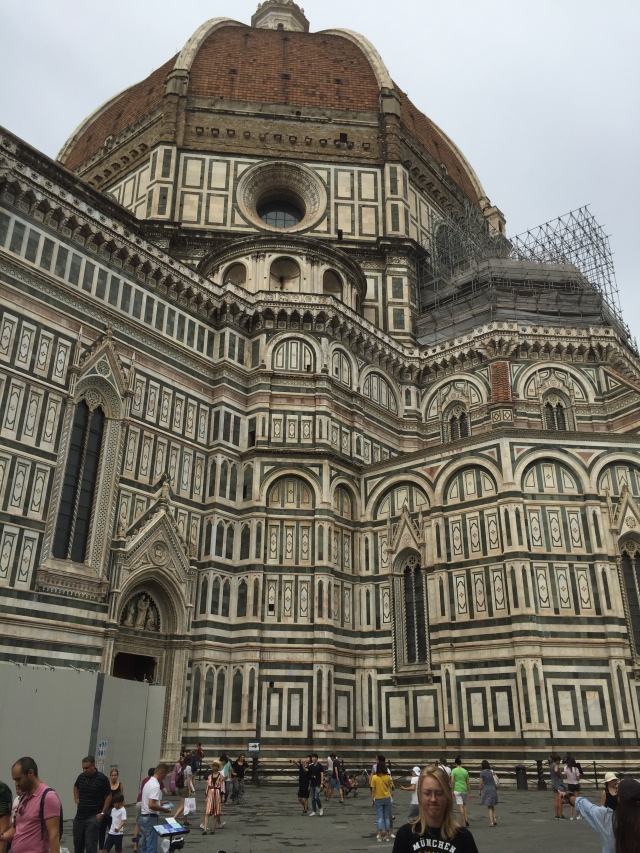












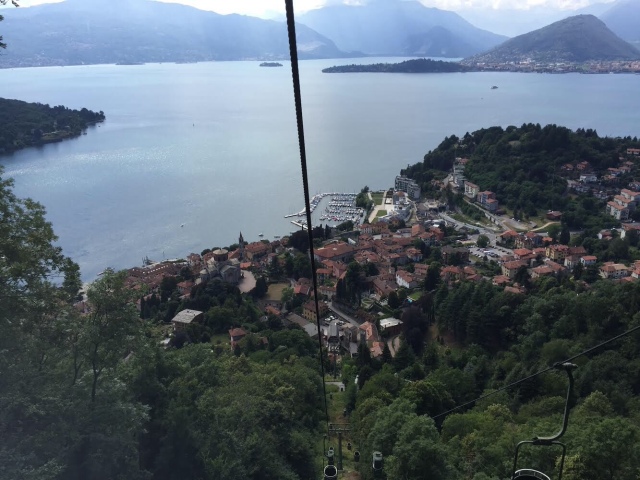









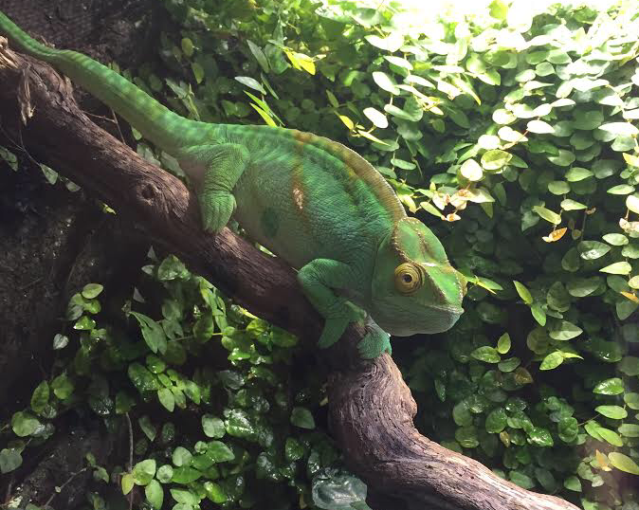
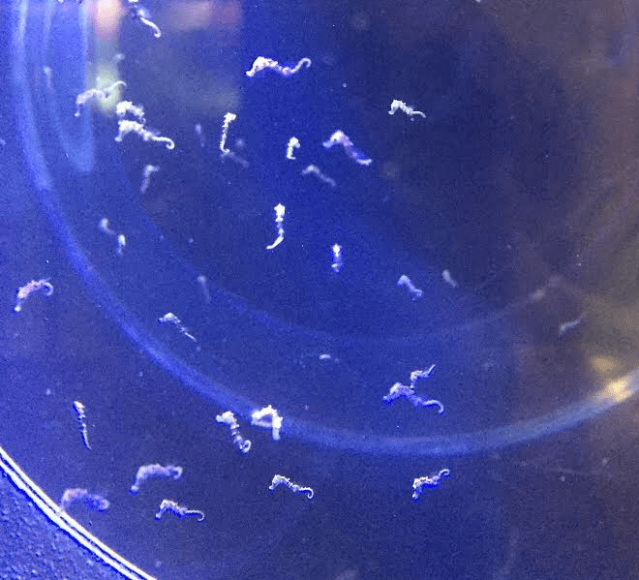
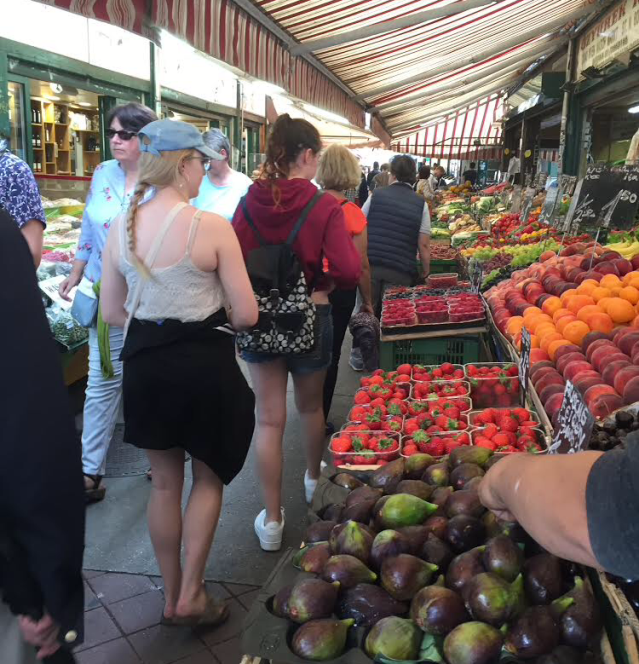
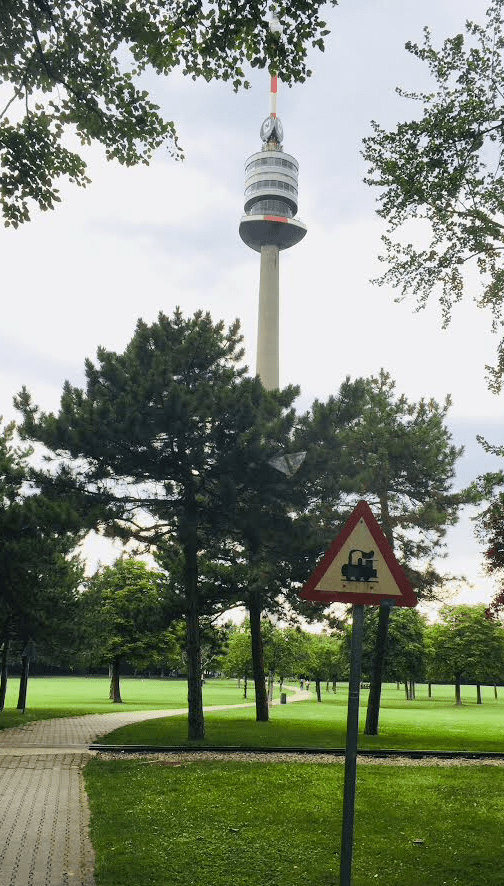
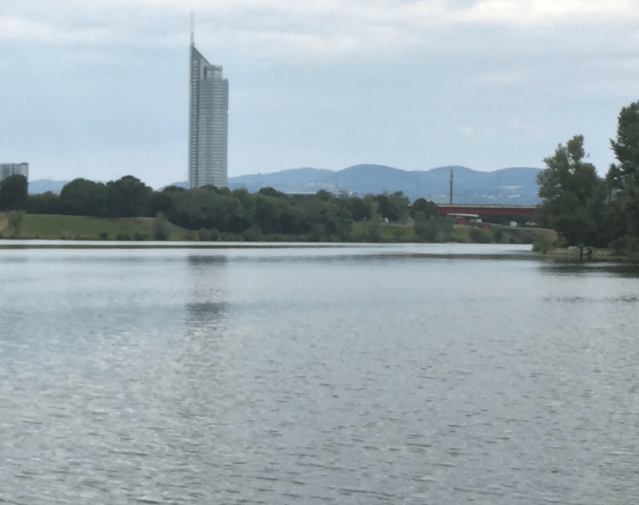



 The girls met me back at the train station and said the zoo was fantastic, with displays they had never seen before. They saw anteaters, giant pandas, koalas, and a fascinating exhibit of ants, travelling through clear tubes to the rest of the colony, also nesting in clear containers. Megan said they had a similar diaplay of bees. The Tiergarten Schonbrunn was founded as an imperial menagerie, and is the oldest continually operating zoo in the world.
The girls met me back at the train station and said the zoo was fantastic, with displays they had never seen before. They saw anteaters, giant pandas, koalas, and a fascinating exhibit of ants, travelling through clear tubes to the rest of the colony, also nesting in clear containers. Megan said they had a similar diaplay of bees. The Tiergarten Schonbrunn was founded as an imperial menagerie, and is the oldest continually operating zoo in the world.





